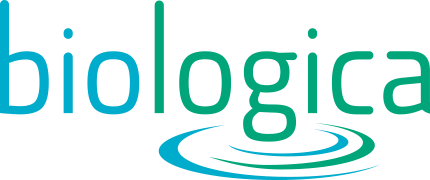As a team of specialists, we are in a unique position to further taxonomic knowledge of the flora and fauna of North America’s aquatic ecosystems, and improve monitoring-related laboratory processes. We routinely invest in R&D projects that will both help further traditional taxonomic methods as well as advance the field of taxonomy in general. Below are some of our ongoing and past projects.
-
Implementation of Molecular Taxonomy
We are in the process of integrating molecular services into our suite of taxonomic analysis techniques. We have been involved with DNA barcoding projects (Carr et al. 2011) and provide molecular taxonomic verification services with this technique. In addition, we have developed and tested protocols for the detection of Vibrio bacterial infection in farmed shellfish using quantitative PCR (NSERC Engage Grant, University of Victoria). We are currently planning on developing an exciting quantitative PCR protocol which may help assess the level of organic pollution in marine systems! Stay tuned.
-
Size Structure of Marine Benthos
We continuously seek ways to add value for our clients who are tasked with monitoring marine benthos. The size structure of marine benthos has proven to be a useful tool in understanding the function and bioturbation potential of marine sediments, as well as detecting anthropogenic impacts (see Macdonald et al. 2012).
-
Responses of intertidal infauna to disturbance
We are collaborating with the Ecological Interactions Research Program at Vancouver Island University to assess the community structure of intertidal macrofauna on the British Columbia North and Central coasts.
-
Chironomidae Identification Methods
The U.S. EPA recommends clearing and mounting all chironomids on slides for the purposes of identification. This allows for the detection of rare taxa (instead of mounting only a few specimens from morpho-typed groups). We found that between 1-10% of chironomid species are not detected through morpho-typing alone.
-
Subsampling Accuracy and Species Accumulation Curves
Environment Canada’s Environmental Effects Monitoring (EEM) guidelines do not provide standard subsample target counts for zooplankton and phytoplankton taxonomic analysis. We routinely performs species accumulation curves for large marine and freshwater projects to ensure the most efficient protocol for the detection of taxa is being used.


